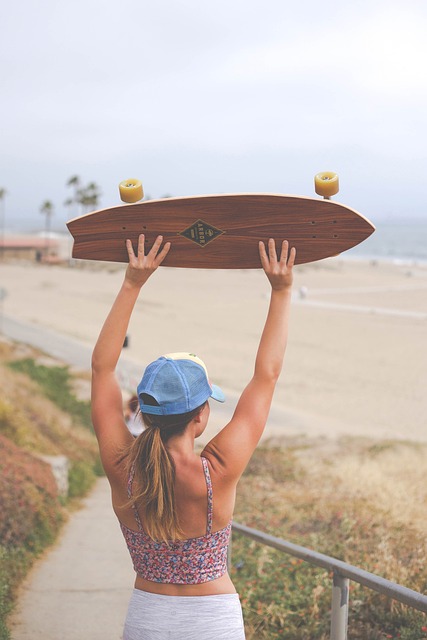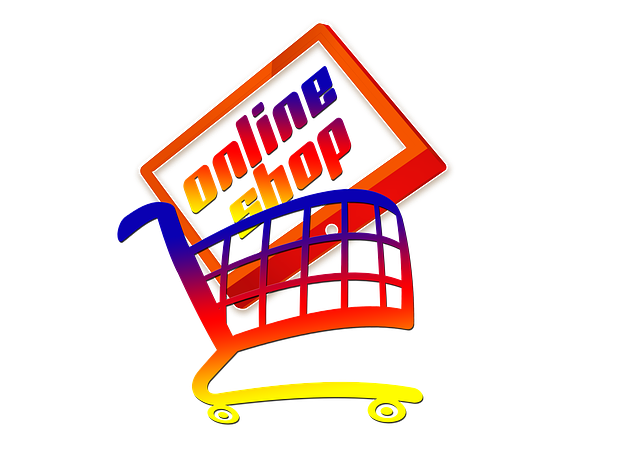For first-time longboarders, selecting the right board is key. Look for larger wheels, softer bushings, and versatile designs that adapt to different terrains for stability and maneuverability. Focus on durable boards tailored to your height and riding style, with high-quality trucks, wheels, and bearings. Master basic techniques like balance, gliding, and carving turns before progressing. This guide offers a comprehensive introduction, covering equipment, safety gear, and step-by-step instructions for beginners to cruise confidently.
“New to the world of longboarding? Designed for long rides, this comprehensive guide is your ultimate companion as a beginner. We’ll take you through everything from understanding the basics of longboard riding to choosing the perfect board and mastering advanced techniques. From setting up your gear to navigating turns with control, building speed, and preparing for long-distance rides, we’ve got you covered. Explore longboard communities and discover resources that will enhance your skills and build confidence on the deck.”
Understanding Longboard Riding: A Beginner's Overview

Choosing the Right Longboard for Your Needs

When it comes to choosing a longboard, understanding your needs as a beginner is crucial. Longboards are designed for cruising, carving, and dancing on pavement, so consider where and how you plan to ride most. For instance, if you’re new to longboarding and want an all-around board that can handle various terrains, look for models with versatile shapes and flexible decks. These boards offer a smooth ride whether you’re cruising down the street or carving in the park.
A good starting point for beginners is a drop-through longboard design, which provides low deck height for easier maneuvering and a comfortable riding position. Additionally, longer boards (typically 40 inches or more) offer greater stability at speed and can be more forgiving on rough surfaces. Always consider factors like wheel size, truck response, and the type of bearings to ensure they align with your desired riding style and conditions.
Setting Up Your Board: Essential Components and Adjustments

When setting up your longboard, especially as a beginner, focusing on essential components and adjustments is key to ensuring a comfortable and enjoyable ride. Start by choosing a board designed for long rides, typically made from durable materials like maple or bamboo. Ensure it’s the right size for your height and riding style; a longer board offers more stability but a shorter one might be better for tighter turns.
Next, pay close attention to trucks, wheels, and bearings. High-quality trucks provide smoother turning and better control. Select wheels based on surface types you’ll ride most often; harder wheels are faster but less absorbent of bumps, while softer ones offer more traction on rough terrain. Bearings, well-lubricated, ensure smooth wheel rotation. Adjusting the truck’s angle (or “truck stance”) can also impact your board’s handling, so experiment to find what feels most natural for you.
Mastering Basic Techniques: Getting Started on Smooth Surfaces

For those new to longboarding, mastering basic techniques is the first step towards enjoying smooth, extended rides. Start by focusing on your balance and stance—a strong foundation is key. Begin on a flat, smooth surface and practice gliding, using your feet for stability and control.
Learn to carve turns gradually, shifting your weight and bending your knees to maintain momentum. This initial phase of learning will equip beginners with the skills to confidently glide, stop, and turn, making them feel at ease on their longboard for beginners and paving the way for more advanced techniques.
Navigating Turns and Curbs: Tips for Control and Stability

Building Speed and Confidence: Advancing Your Skills

Long-Distance Riding Preparation: Safety and Comfort Measures

Exploring Longboard Communities: Finding Support and Resources

